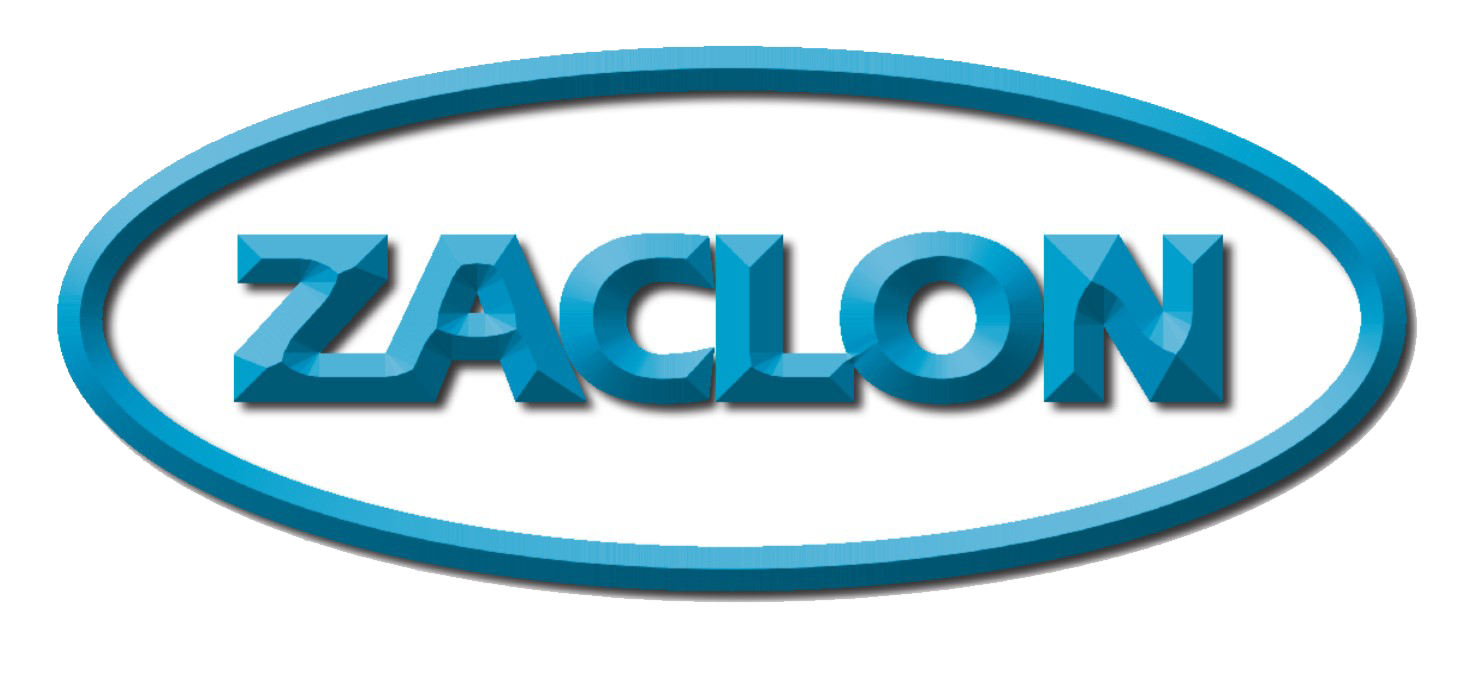Galvanizing 102
BLOG 2---Robert M. Woods 8/1/2020
Degreasing is an important step to ease creation of the galvanized coating your customer is paying you for. So what processes are available, and what are the general pros and cons of each?
First, let us look at them broadly:
|
Cleaning Type |
Mechanical |
Solvent |
Alkaline (Hot Caustic Alone, 165 F) |
Hydronet type acid degrease |
Acid-Pickle (without Hydronet D) |
Biological |
|
Wide Range Soils |
x |
x |
x |
|||
|
Carbon Emission |
x |
x |
x |
|||
|
“Evergreen” |
x |
x |
x |
|||
|
Productivity Improvement |
x |
x |
||||
|
Hydrogen free |
x |
x |
x |
|||
|
Paint removal |
x |
x |
||||
|
Safety |
x |
x |
||||
|
Water savings |
x |
x |
x |
Then let’s look at some of the soils that show up in galvanizing, and how the different types of cleaners that galvanziers use do against them, with 5 being the best.
|
Cleaning Type |
Mechanical |
Solvent |
Alkaline (Hot Caustic Alone, 165 F) |
Hydronet type acid degrease |
Acid-Pickle (without Hydronet D) |
Biological |
|
Old Paint/Lacquer |
5 |
5 |
4 |
3 |
3 |
2 |
|
Drawing Compounds |
4 |
2 |
3 |
5 |
1 |
2 |
|
Oil/”normal“ lubes |
3 |
5 |
4 |
4 |
2 |
4 |
|
Cutting Fluids |
3 |
5 |
4 |
4 |
3 |
4 |
|
Rolling Oils |
3 |
4 |
3 |
3 |
2 |
3 |
|
Silicon Oil/Grease |
2 |
2 |
1 |
1 |
1 |
1 |
|
New/Tacky Lacquer |
1 |
5 |
3 |
1 |
1 |
1 |
|
Sand/Mud/Iron fines |
5 |
2 |
5 |
5 |
5 |
5 |
This information can help make a basic choice among the methods; then it comes down to other factors such as cost and convenience, suppliers, etc. Cost for the galvanizer is always a factor, and I will touch on that in the next blog.

